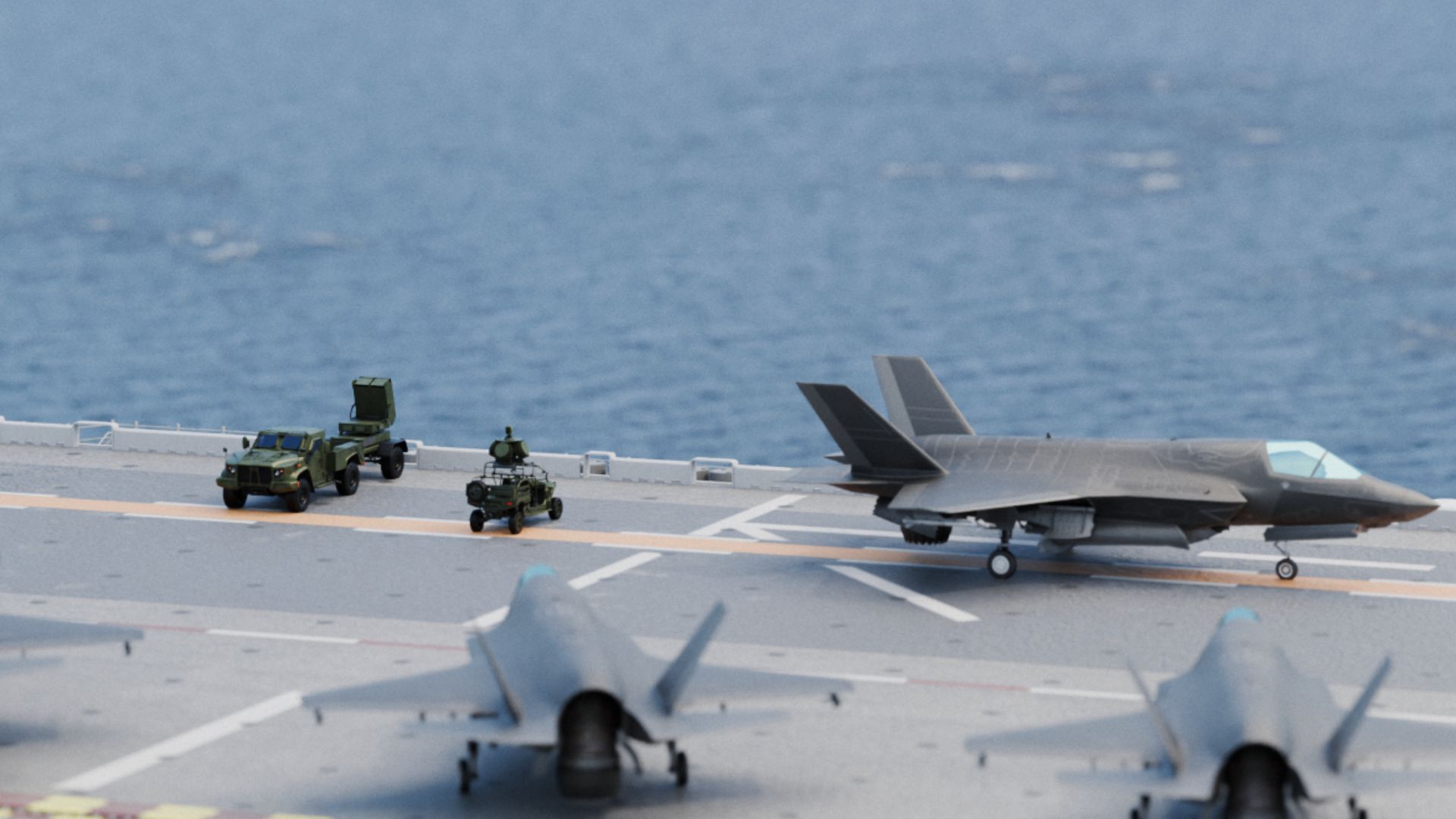By Kapil Kajal
The US Marines plans to deploy a next-generation high-power microwave (HPM) system capable of simultaneously intercepting multiple drones to enhance its anti-drone capabilities.
Epirus, a US-based counter-unmanned aerial system (C-UAS) manufacturer, is developing the new HPM system – known as Leonidas Expeditionary – in collaboration with the Office of Naval Research (ONR), Joint Counter-Small UAS Office, and US Marine Corps Warfighting Lab.
Epirus is developing the Leonidas Expeditionary – with the program name Expeditionary Directed Energy Counter-Swarm (ExDECS) – as part of a $5.5 million contract award from the US Navy’s ONR.
Epirus will deliver a completed ExDECS HPM system to the Marine Corps Warfighting Lab by the end of 2024 as part of the contract.
Long-pulse microwave C-UAS
Leonidas Expeditionary is a solid-state, software-defined, long-pulse HPM C-UAS developed to support US Marine Corps Expeditionary Advanced Base Operations (EABO) and counter-unmanned systems missions.
A spokesperson of Epirus told IE on September 30 that Leonidas Expeditionary is capable of defeating any amount of Group 1-2 UAS that enter its field of protection.
He added that the new HPM can continuously engage multiple groups of targets.
“In simpler terms, we can defeat multiple drones at once—and multiple swarms over a period of engagement.”
The compact and easily maneuverable system makes ExDECS operationally relevant to any expeditionary force mission set.
The program’s future will involve initial integration with the US Marine Corps’ Common Aviation Command and Control System (CAC2S), along with field experimentation and multi-platform testing in expeditionary scenarios to enhance the USMC’s Ground-Based Air Defense Capabilities…
READ FULL ARTICLE HERE…(interestingengineering.com)
Home | Caravan to Midnight (zutalk.com)






